Bulevar Žarka Zrenjanina 20
Bulevar Žarka Zrenjanina 20
This museum is focused on the interdisciplinary nature of local history, representing the following professional departments: archaeological, historical, numismatic, ethnological, natural history, and art. The museum also hosts workshops for ceramics and the restoration of easel paintings.
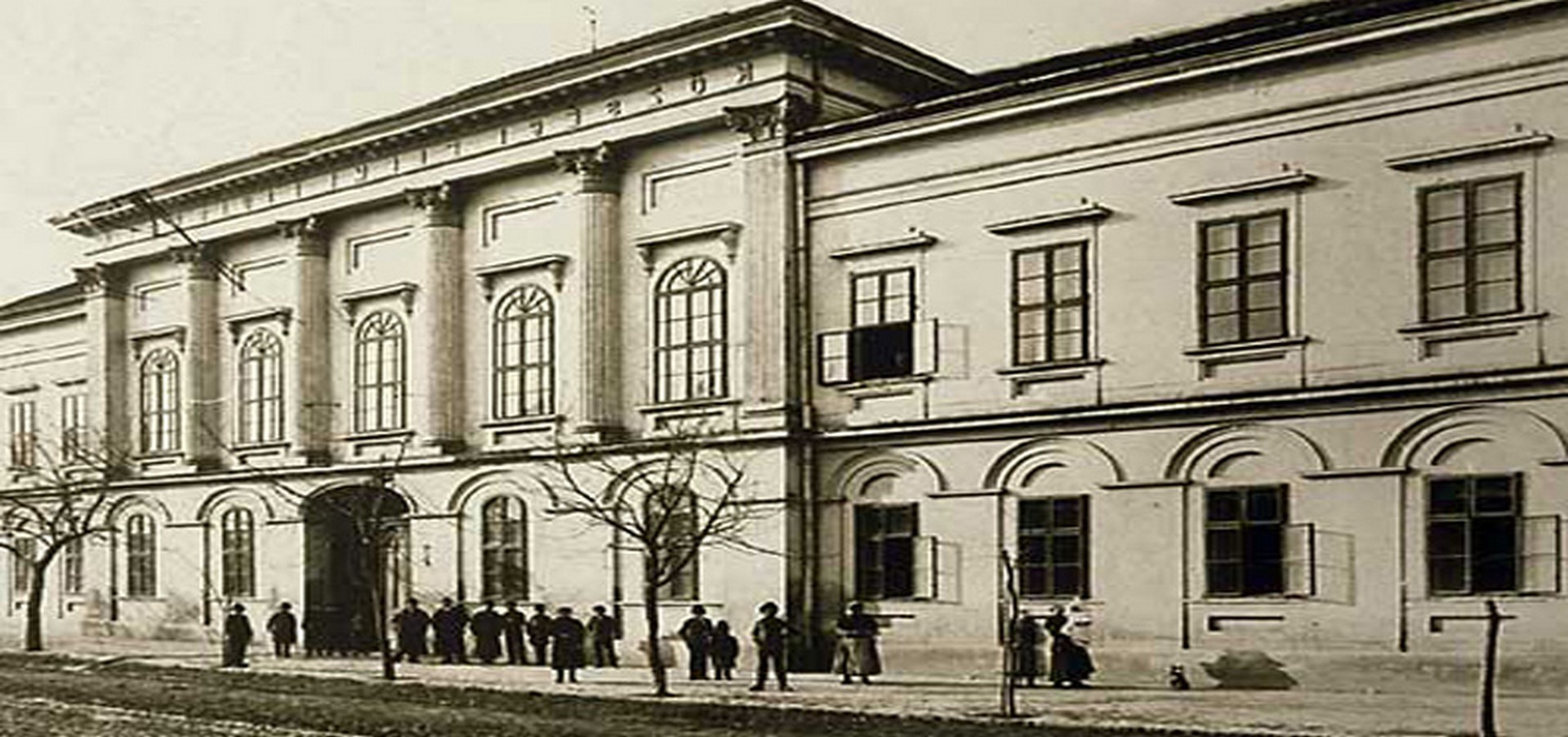
Welcome to the City Museum of Vršac This museum is focused on the interdisciplinary nature of local history It is located in the Concordia building, which was built in 1847 and is a cultural monument of great importance
 @gmv
@gmv
During extensive construction of the Vršac-Gătaia-Lugoj railway in Romania between 1888 and 1914, a hundred Bronze Age graves were unearthed, with urns and other vessels Undertaking minor research in one of the graves on April 10, 1913, Milleker found the Vršac idol, a well-preserved anthropomorphic figure It is a distinct...
 @gmv
@gmv
The Dupljaja carts is the name of an exceptional archaeological artifact unearthed at the beginning of the 20th century in Banat at a site near the village of Dupljaja The carts belong to the Dubovac culture from the Middle Bronze Age and are about 3,500 years old
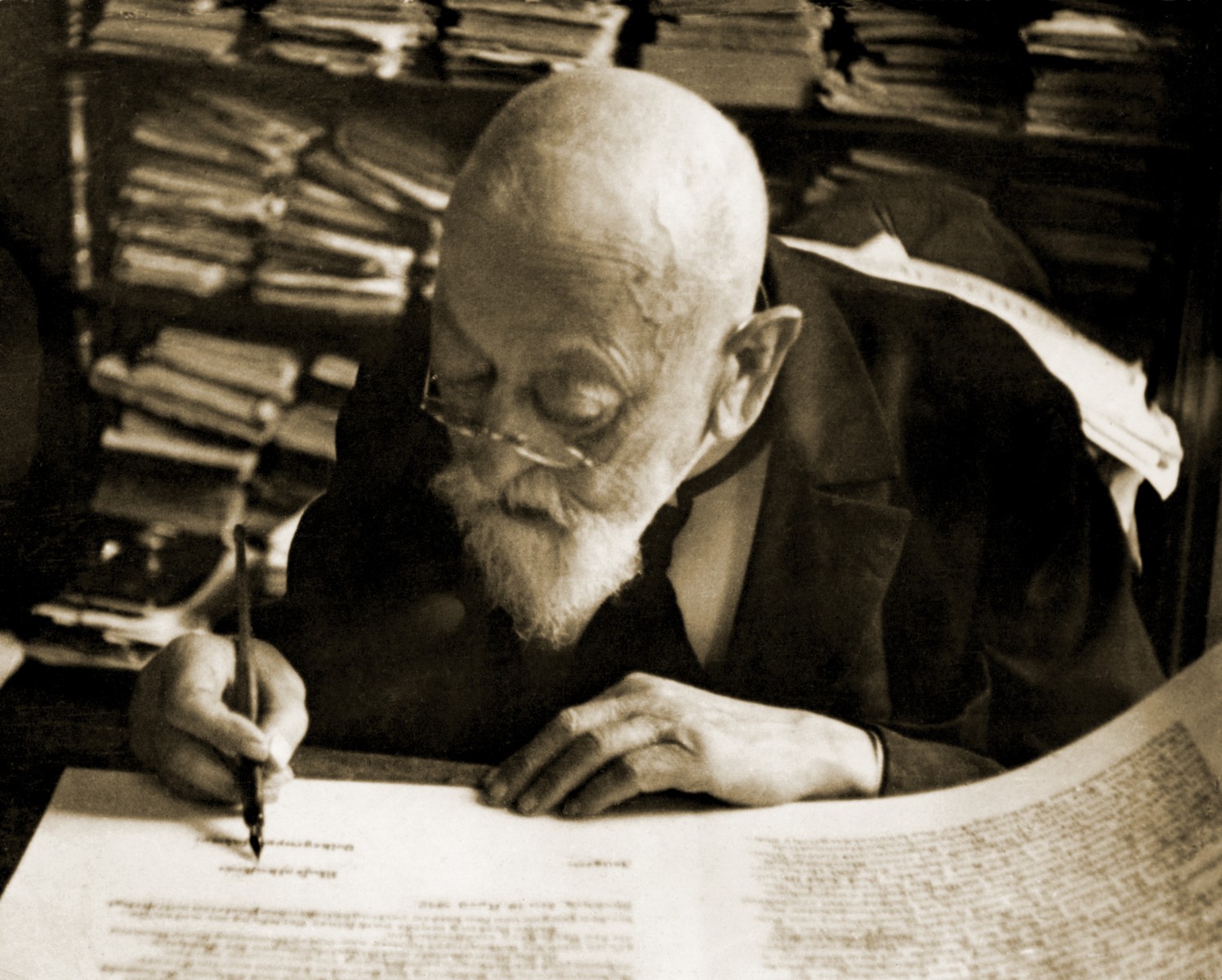 @gmv
@gmv
He was the museum’s curator for almost 50 years Felix Milleker (1858–1942) was a recognized archaeologist, historian, and publicist who, during his lifetime, published a large number of scientific and professional works, monographs, and articles
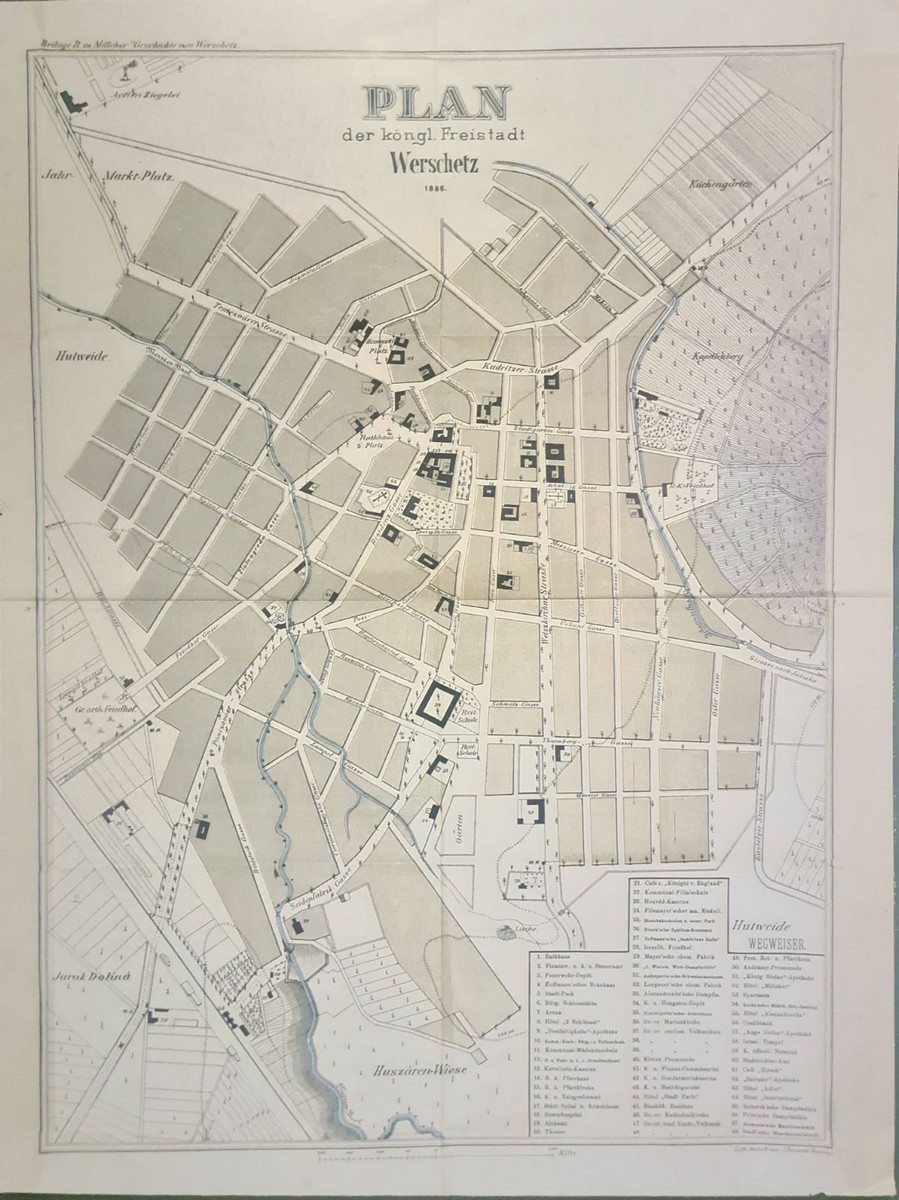 @gmv
@gmv
When the Austrians set foot in the Banat region, they found a sparsely populated and swampy, inaccessible terrain due to the frequent floods of the Danube, Tisa, Tamis, and Begej river That is why the new authorities decided to colonize the region with Catholic families from Western Europe Banat’s first...
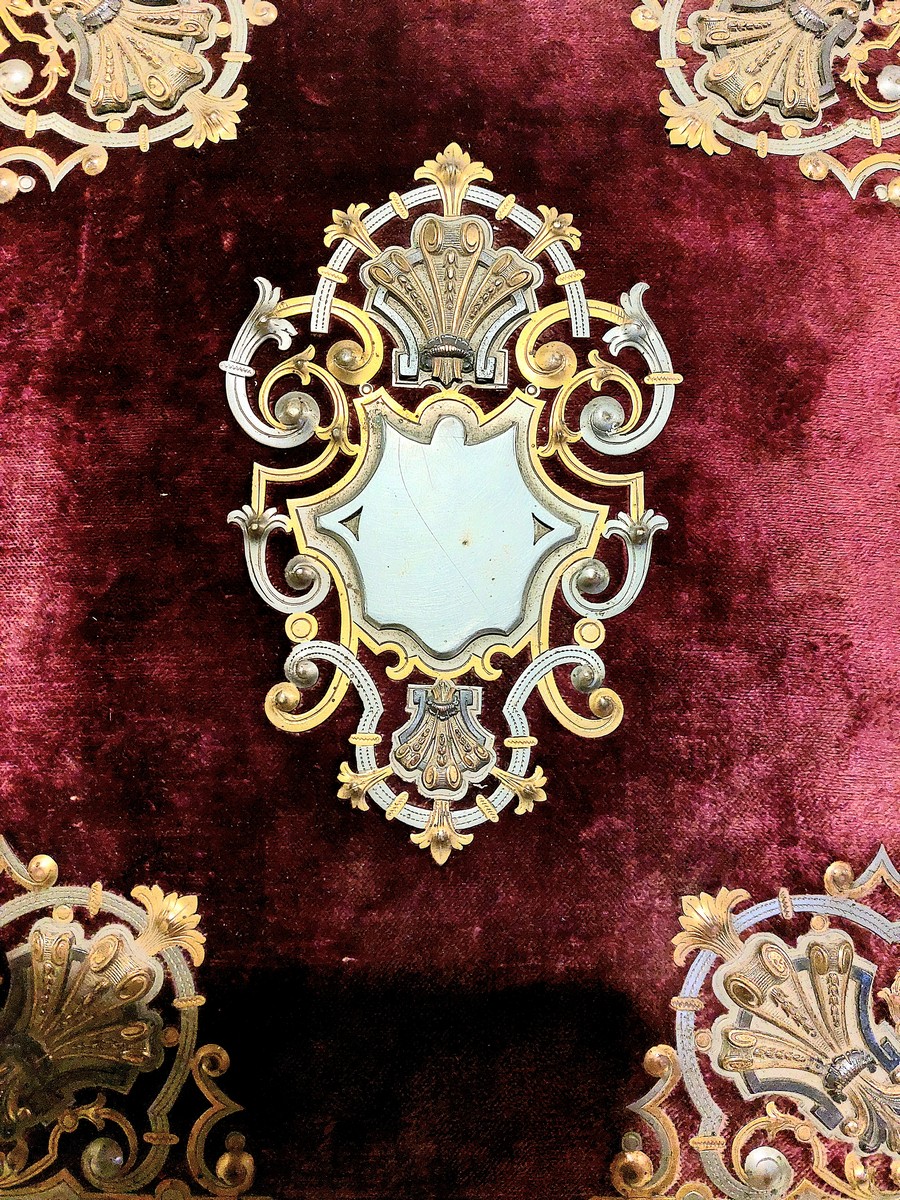 @gmv
@gmv
Thanks to the periods when Vojvodina was part of the Austro-Hungarian Empire and traded with other parts of Europe, Vršac had the opportunity to be in contact with many achievements of more modern societies, from fashion to various ideas and inventions
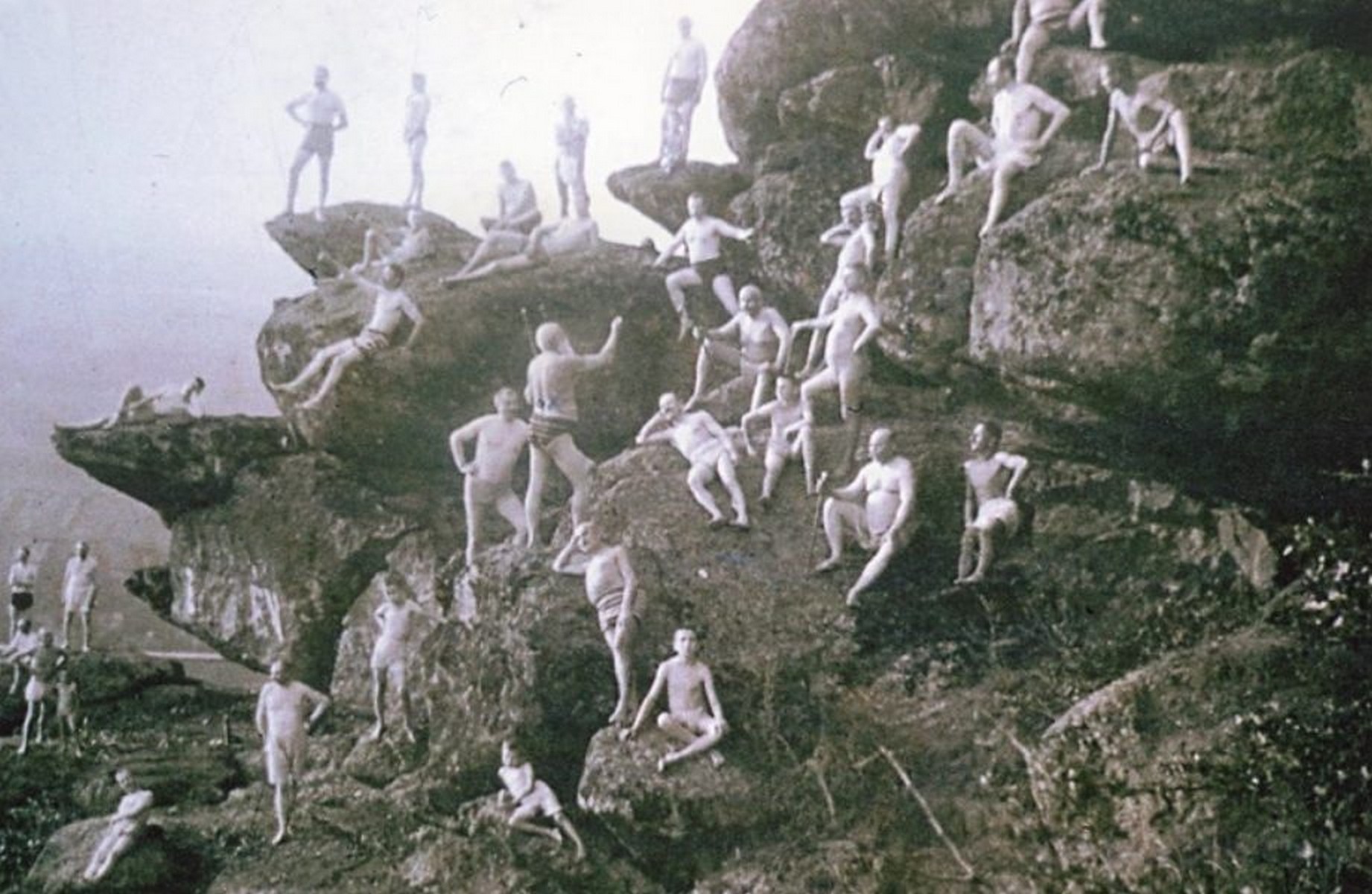 @gmv
@gmv
Sports developed very early in old Vršac. The first sports branch about which there is written data is archery Towards the end of the 19th century, fencing and cycling clubs were founded. The cycling club organized the first race in 1897 The beginning of the 20th century also brought football:...
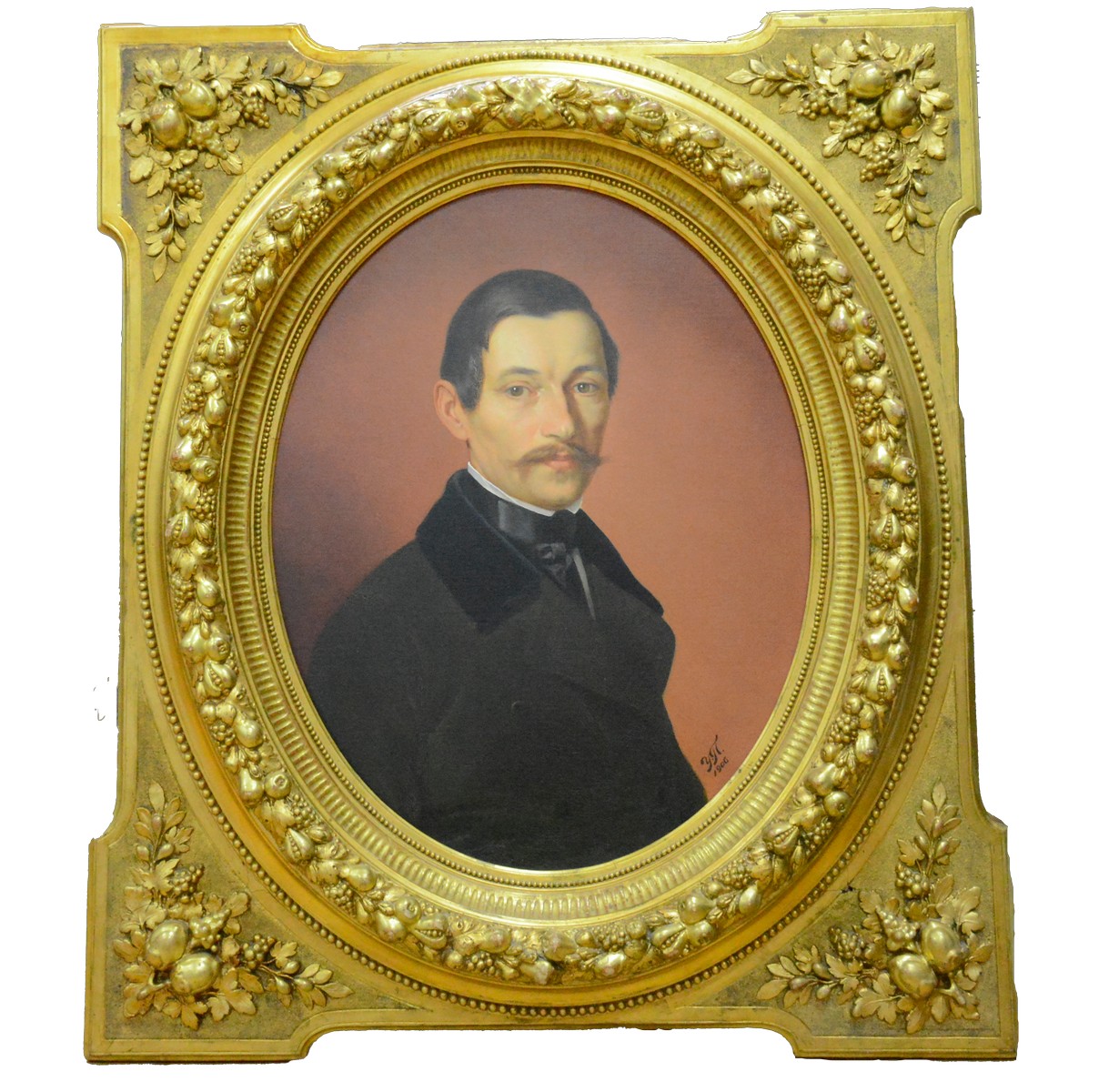 @gmv
@gmv
The writer Jovan Sterija Popović was also one of the leading intellectuals of his time. He is considered the founder of Serbian drama and the first and one of the best Serbian comedy writers. Jovan Sterija Popović was born in Vršac in 1806
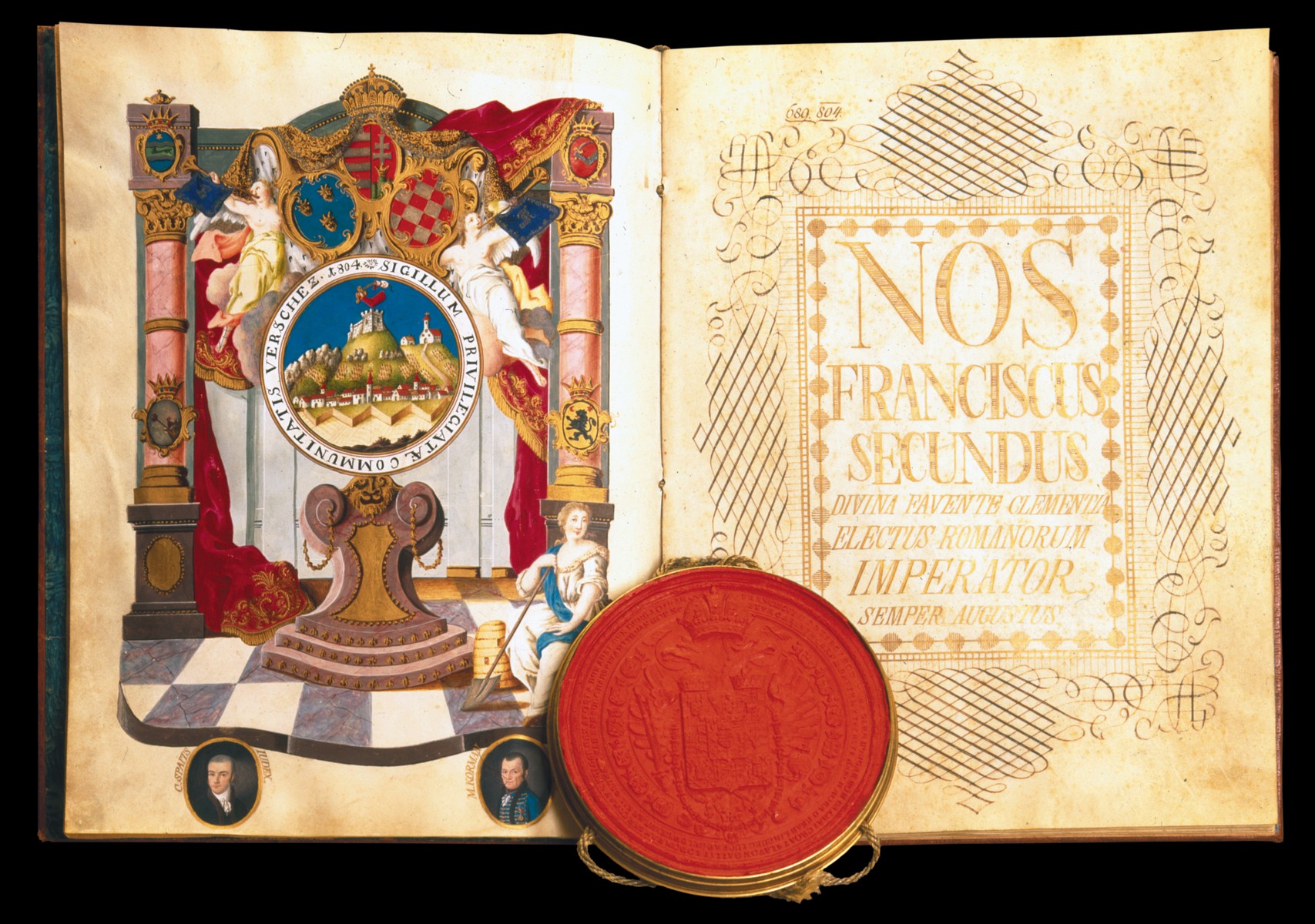 @gmv
@gmv
Vrsac inherits one of the longest legal traditions in Banat and beyond. The Market Charter from 1804, which is kept in the City Museum, represents one of the most significant legal acts With this document, Vršac finally got its political and legal sovereignty, which still holds today
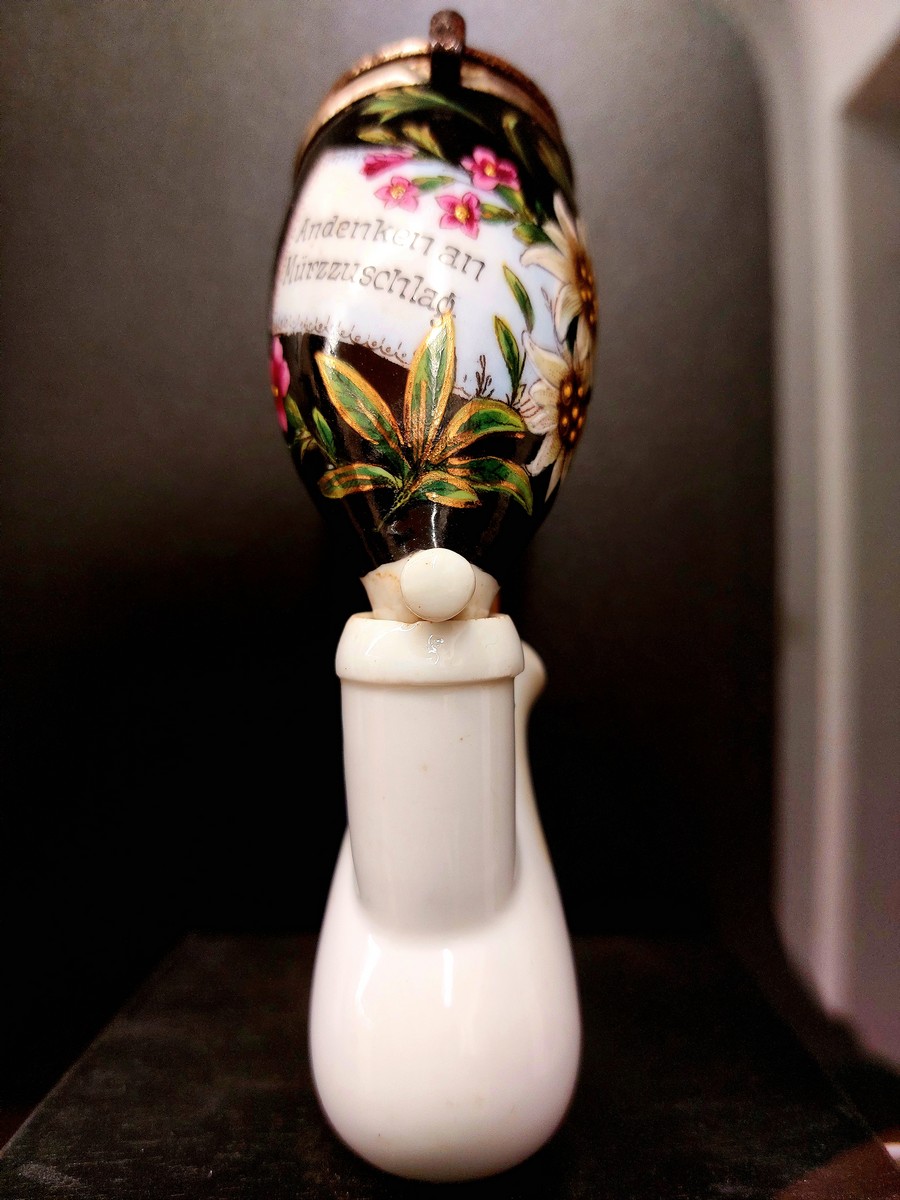 @gmv
@gmv
In Vojvodina, when it was part of Austria-Hungary, tobacco cultivation was encouraged. It was grown primarily by Hungarians who settled in 1804 in the territory of Bačka and Banat Tobacco was also imported in large quantities, as well as smoking accessories
 @gmv
@gmv
In Europe, making these cookies is associated with religious holidays, especially Christmas Leceder cookies arrived in Serbia in the 18th century
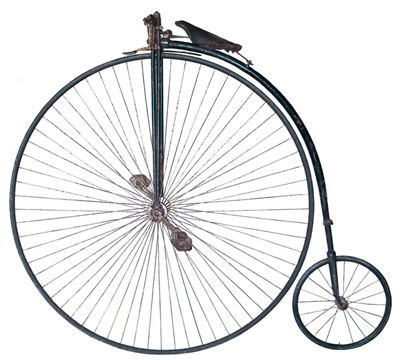 @gmv
@gmv
At the end of the 19th century, several cycling clubs were founded across southern Hungary, including in the Banat region Cycling was supported by the most respected doctors, who classified it as one of the healthiest physical exercises, so this sport became unsurprisingly popular
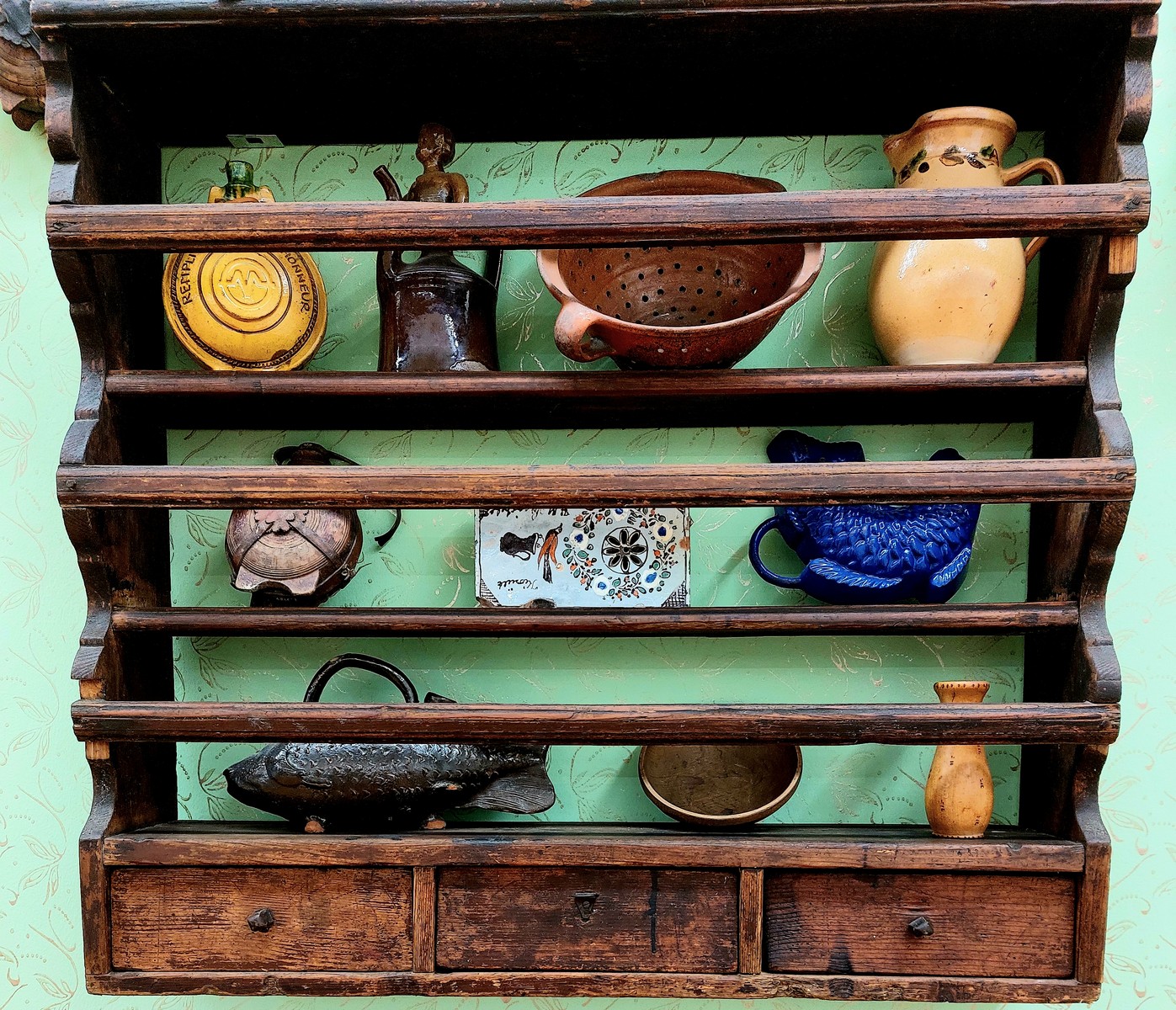 @gmv
@gmv
The Banat room is the heart of the house, the place where the family gathers, and the place of life
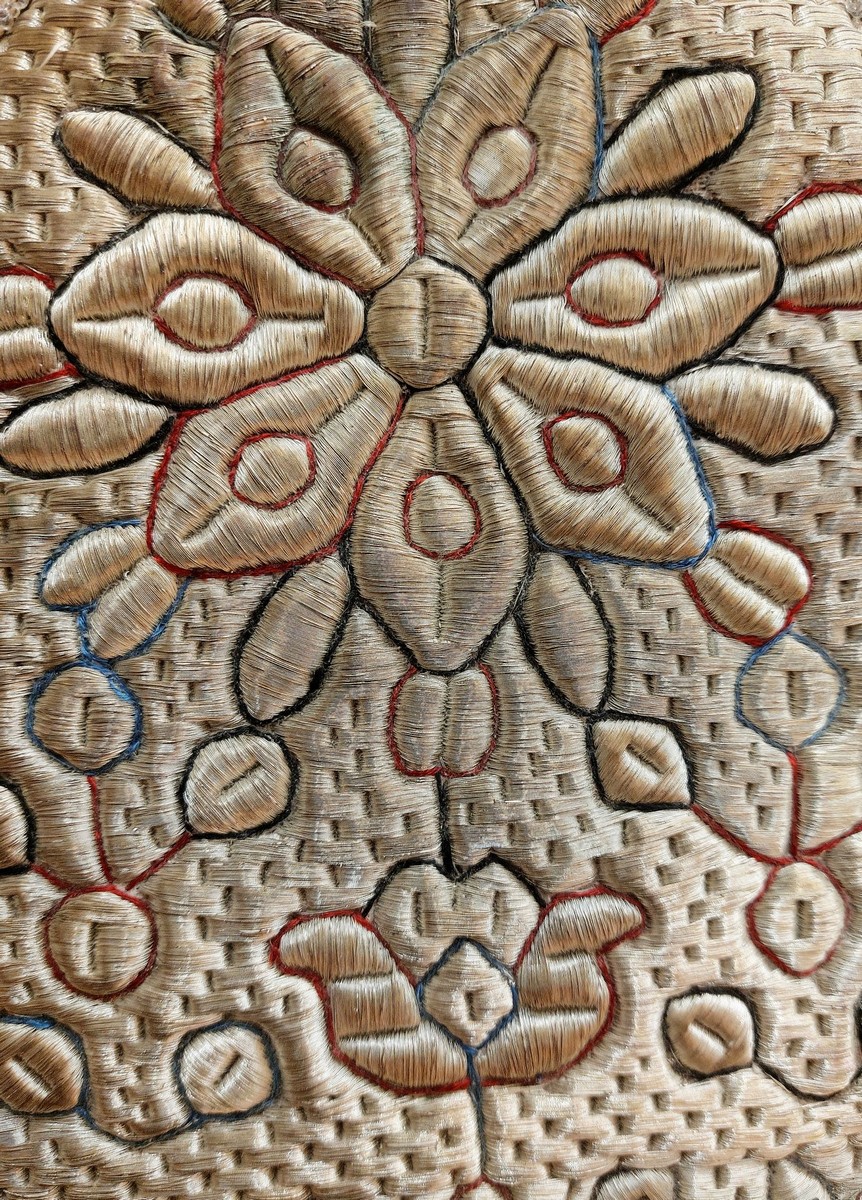 @gmv
@gmv
Kape zlatare, or golden caps, were part of the traditional headgear in Banat A headdress is a set of elements that make up part of the costume that a girl or woman wears on her head – hairstyle, jewelry, and other head coverings
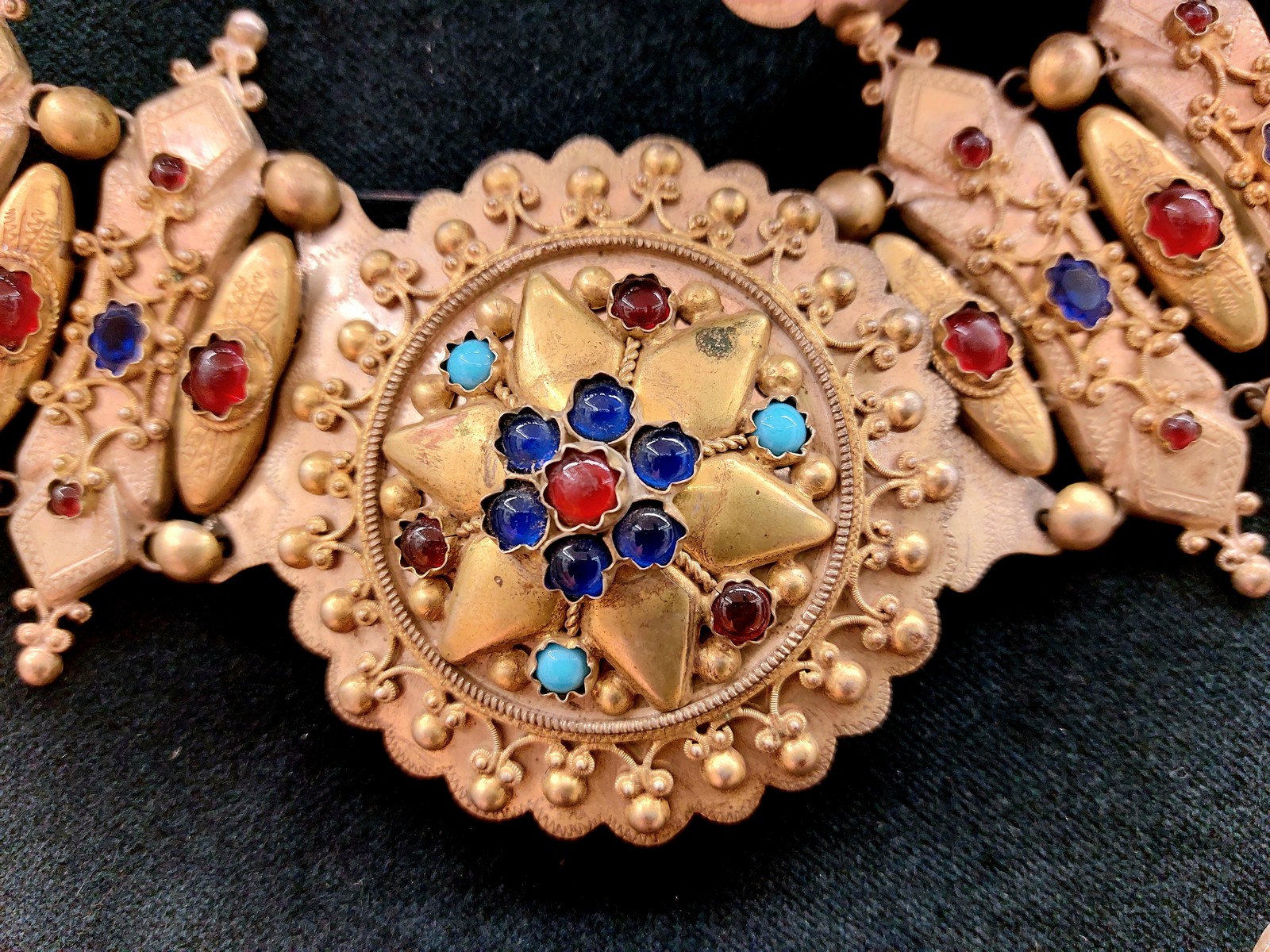 @gmv
@gmv
In Banat, jewelry made using the filigree technique is often worn. Silver wires are twisted and then bent to create unique ornaments
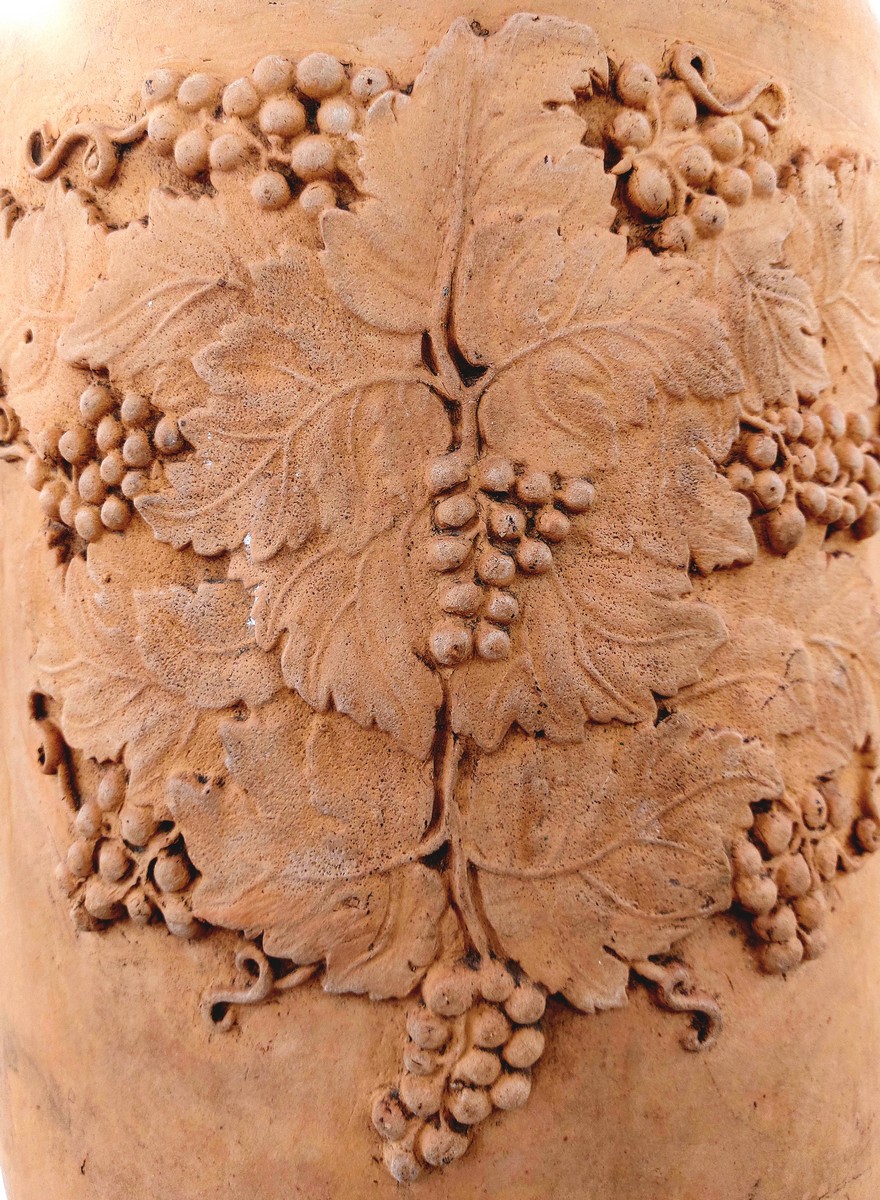 @gmv
@gmv
With the intensive development and increase of the area under vines in the 18th and 19th centuries, wine growing became the most important branch of the economy in Vrsac In 1882, 60% of the population was engaged exclusively in wine growing
Supported by Ministry of Culture of Republic of Serbia, in 2022.